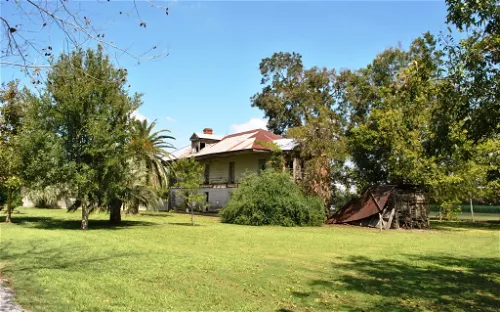Laura Plantation and its collection
Laura Plantation is a historic Louisiana Creole plantation located on the west bank of the Mississippi River near Vacherie, Louisiana. This restored plantation is open for guided tours, offering visitors a chance to explore a significant part of Louisiana's history. The plantation was formerly known as Duparc Plantation and is known for its early 19th-century Créole-style raised big house and several surviving outbuildings, including two slave cabins.
Historical Significance of Laura Plantation
Laura Plantation holds a significant place in history, as evidenced by its inclusion on the National Register of Historic Places. It is also part of the Louisiana African American Heritage Trail, further highlighting its historical importance. These recognitions underscore the plantation's role in the history of Louisiana and the United States, making it a valuable site for those interested in historical tourism.
Structures at Laura Plantation
The Laura Plantation complex includes the 'big house' and several outbuildings. Among these are six original slave quarters, which provide a stark reminder of the plantation's past. There is also a 'maison de reprise', a second house often referred to as a mother-in-law cottage. These structures offer a glimpse into the living conditions and architectural styles of the time.
History & Anthropology Historic house Ethnology Person & Artist




























